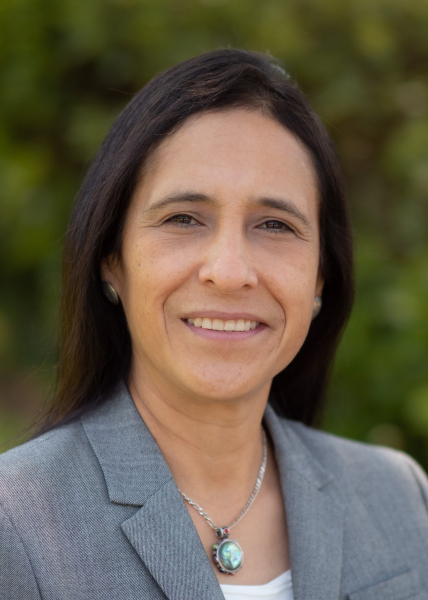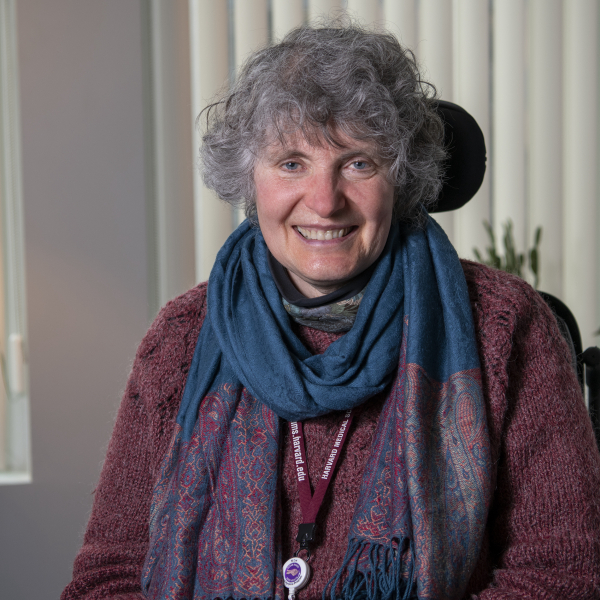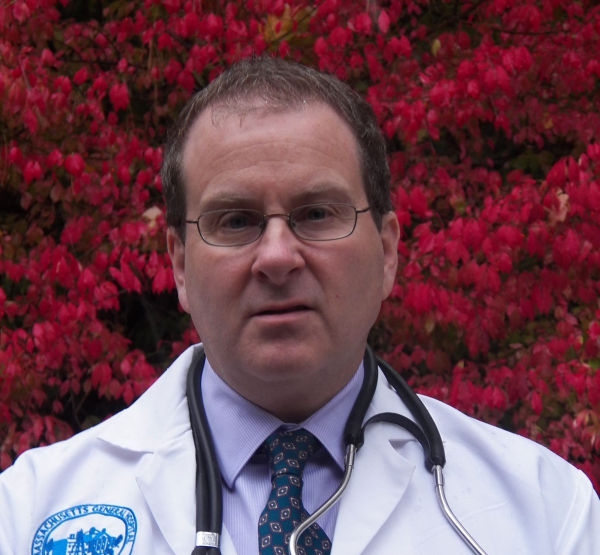
As a neurologist working in the COVID Survivorship Program at Beth Israel Deaconess Medical Center, I find that my patients all have similar issues. It’s hard to concentrate, they say. They can’t think of a specific word they want to use, and they are uncharacteristically forgetful.
Those who come to our cognitive clinic are among the estimated 22% to 32% of patients who recovered from COVID-19, yet find they still have brain fog as part of their experience of long COVID, or post-acute sequelae of SARS CoV-2 infection (PASC), as experts call it.
What is brain fog?
Brain fog, a term used to describe slow or sluggish thinking, can occur under many different circumstances — for example, when someone is sleep-deprived or feeling unwell, or due to side effects from medicines that cause drowsiness. Brain fog can also occur following chemotherapy or a concussion.
In many cases, brain fog is temporary and gets better on its own. However, we don’t really understand why brain fog happens after COVID-19, or how long these symptoms are likely to last. But we do know that this form of brain fog can affect different aspects of cognition.
What is cognition?
Cognition refers to processes in the brain that we use to think, read, learn, remember, reason, and pay attention. Cognitive impairment is a reduction in your ability to perform one or more thinking skills.
Among people who were hospitalized for COVID, a wide range of problems with cognition have been reported. They include difficulties with
- attention, which allows our brains to actively process information that is happening around us while simultaneously ignoring other details. Attention is like a spotlight on a stage during a show that allows performers to stand out from the background.
- memory, the ability to learn, store, retain, and later retrieve information.
- executive function, which includes more complex skills such as planning, focusing attention, remembering instructions, and juggling multiple tasks.
People struggling with the effects of long COVID may have noticeable problems with attention, memory, and executive function. Studies report these issues both in people who were not hospitalized with COVID and in those who were, as well as in people who had severe cases. These findings raise some important questions about how COVID-19 infection affects cognition.
Less obvious lapses in memory and attention may occur even with mild COVID
A recent study published by a group of German researchers suggests that even people who don’t notice signs of cognitive impairment can have problems with memory and attention after recovering from a mild case of COVID-19.
The study involved 136 participants who were recruited from a website advertising the study as a brain game to see how well people could perform. The average age was around 30 years old. Nearly 40% of the participants had recovered from COVID that did not require hospitalization, while the rest had not had COVID. All participants reported having no problems with their memory or thinking.
However, testing showed that performance on an attention task was not as good among the group that had COVID compared with those who did not. Likewise, participants who had COVID had significantly worse performance on a memory task. Both of these effects seem to improve over time, with the memory problem becoming better by six months and the impairment in attention no longer present at nine months.
This study suggests that problems with memory and attention may occur not only in people who are sick enough with COVID to have been hospitalized and in those who develop long COVID, but also to some degree in most people who had COVID. These findings should be interpreted with caution, however. The study included mostly young patients recruited through a website, none had long COVID, and the participants’ cognitive abilities before COVID were not known.
What does this study tell us about cognition and COVID?
Further research is needed to confirm whether attention and memory difficulties occur widely with COVID-19 infections — across all age groups and no matter how mild or severe the illness — and to consider other factors that might affect cognition. Better understanding of why some people have noticeable problems with attention and memory after having COVID and others do not may ultimately help guide care.
Recovery in memory within six months and improvement in attention within nine months of COVID infection was seen in this study, suggesting that some cognitive impairments with COVD, even if widespread, are potentially reversible.
About the Author

Tamara Fong, MD, PhD, Contributor
Dr. Tamara Fong is an assistant scientist in the Aging Brain Center at the Hinda and Arthur Marcus Institute for Aging Research, and associate professor of neurology at Harvard Medical School. She directs the cognitive clinic within the Beth Israel Deaconess Medical Center COVID-19 Survivorship Program. View all posts by Tamara Fong, MD, PhD




























